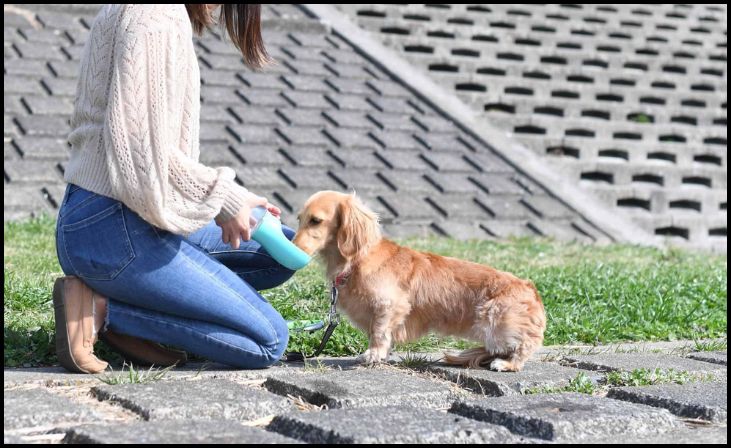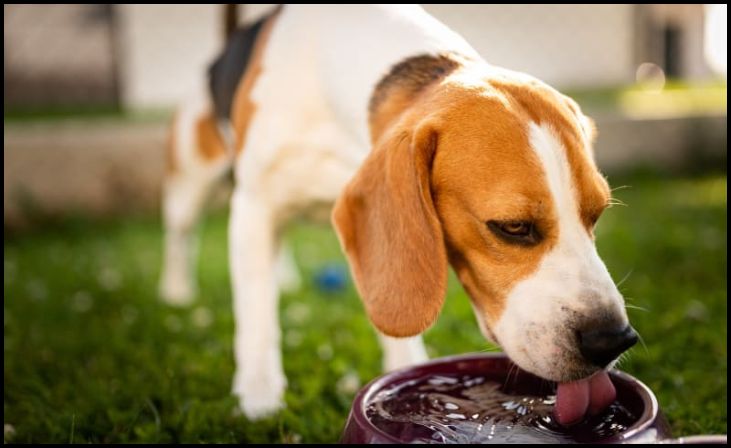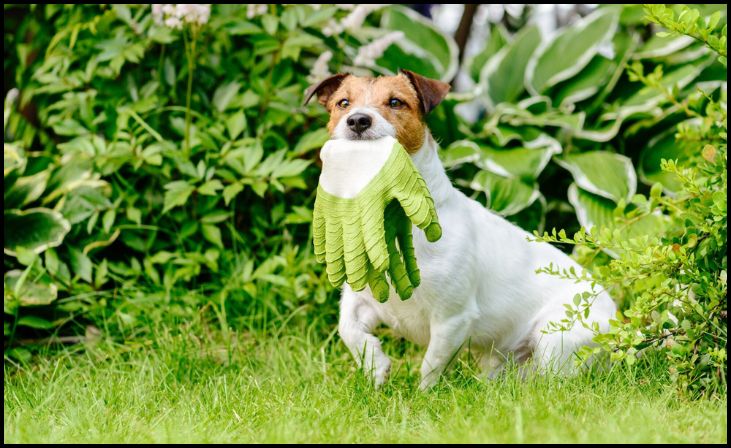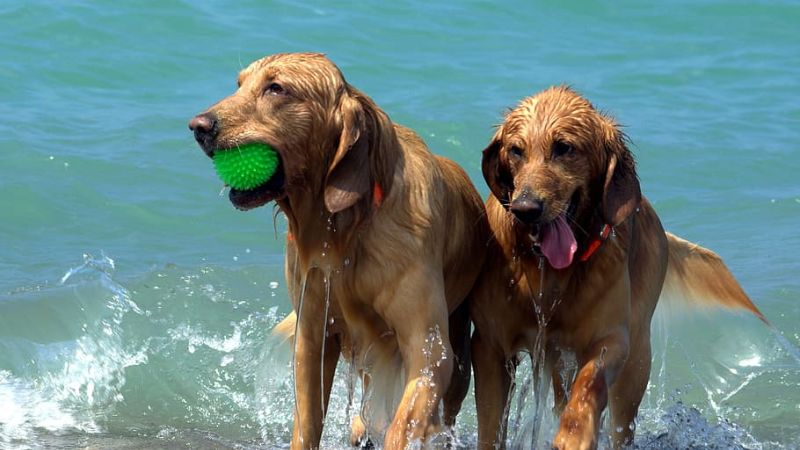As the summer months approach, ensuring your Pet Safety In Summer Months becomes paramount. High temperatures and increased outdoor activities pose unique challenges for pet owners. Pets, like humans, are susceptible to heat exhaustion and heatstroke, which can be life-threatening if not promptly addressed. Additionally, summer brings risks such as dehydration, sunburn, and encounters with harmful pests like fleas and ticks. By understanding these risks and following essential safety tips, you can protect your furry companions from these seasonal hazards and ensure they enjoy a safe and comfortable summer.
Best 10 Tips For Pet Safety In Summer Months
Hydration Is Key
Maintaining proper hydration is crucial during hot weather, as pets are susceptible to dehydration just like humans. Always provide fresh, clean water for them throughout the day, both indoors and outdoors. Consider adding ice cubes to their water bowl to keep it cool longer and encourage drinking. When traveling or going on walks, carry water and a portable bowl for easy access. Monitor your pet for signs of dehydration, such as dry gums, excessive panting, or lethargy, and ensure they have ample opportunities to drink water regularly.

Never Leave Pets in Parked Vehicles
Leaving pets in parked vehicles, even for a short time, can be extremely dangerous during summer months. Temperatures inside a car can soar to deadly levels within minutes, even if the windows are cracked open. Always bring your pet with you when leaving the vehicle, or leave them at home if you need to run errands. If you encounter a pet left unattended in a vehicle, take immediate action by alerting authorities or finding the owner to prevent heatstroke or heat-related illness.
Read Also: Dental Care 9 Tips For Dogs And Cats
Provide Shade and Ventilation
When pets are outdoors, it’s crucial to provide them with shaded areas where they can rest comfortably away from direct sunlight. Setting up a canopy, placing their bed under a tree, or using a shaded structure can help protect them from overheating. Proper ventilation is also essential, particularly if your pet spends time in a kennel or enclosed outdoor area. Ensure good airflow to prevent heat buildup, and avoid leaving pets in enclosed spaces without adequate ventilation, which can contribute to heat stress.
Limit Outdoor Exercise During Peak Heat
During the hottest parts of the day, it’s advisable to limit strenuous outdoor activities for pets. Early morning or late evening walks are preferable when temperatures are cooler. Hot pavement can quickly become too hot for pets’ paw pads, potentially causing burns or discomfort. Before allowing your pet to walk on pavement, test its temperature with your hand. Opt for walking on grassy surfaces or use protective booties to shield their paws from excessive heat.
Know the Signs of Heatstroke
Recognizing the signs of heatstroke is crucial for pet owners. Symptoms include rapid panting, bright red tongue, vomiting, and weakness or collapse. If you suspect heatstroke, move your pet to a cool, shaded area immediately. Use cool (not cold) water to wet their body, especially around the neck and groin area, to lower their temperature gradually. Offer small sips of water and seek veterinary attention promptly, as heatstroke can lead to organ failure and death if untreated.

Avoid Overexertion in Water
While many pets enjoy swimming as a way to cool off, not all are natural swimmers. Introduce your pet to water gradually and always supervise them closely around pools, lakes, or other bodies of water. Using a pet-specific flotation device can provide added safety, especially for pets unfamiliar with swimming. After swimming, rinse off chlorine or saltwater to prevent skin irritation, and discourage your pet from drinking pool water, which can upset their stomach or lead to dehydration.
Protect Against Parasites
Summer months heighten the risk of parasites such as fleas, ticks, and mosquitoes, which can transmit diseases to pets. Utilize veterinarian-recommended flea and tick preventatives and consider using pet-safe mosquito repellents if necessary. Regularly check your pet for ticks, particularly after outdoor activities in wooded or grassy areas, and promptly remove any found to reduce the risk of diseases like Lyme disease or Rocky Mountain spotted fever.
Practice Pet-Safe Gardening
Many common plants and garden chemicals can be toxic to pets if ingested. Research pet-safe landscaping options and avoid using fertilizers, pesticides, or herbicides that are harmful to animals. Create physical barriers or fencing around garden beds to prevent pets from accessing potentially toxic plants or digging in treated soil. If you suspect your pet has ingested a toxic substance, contact your veterinarian or an animal poison control hotline immediately for guidance.

Maintain a Comfortable Living Environment
Indoor pets should have access to cool, well-ventilated areas during hot weather to prevent overheating. Use fans or air conditioning to maintain a comfortable indoor temperature, especially in areas where pets spend most of their time. Consider providing cooling mats or pads for pets to lie on, and ensure they have access to fresh water at all times. Avoid leaving pets in direct sunlight indoors, as it can quickly raise their body temperature and lead to discomfort or heat-related illness.
Be Prepared for Emergencies
Despite precautions, emergencies can occur. Keep a pet first aid kit readily available with essentials such as bandages, antiseptic wipes, and a pet thermometer. Know the location and contact information for the nearest emergency veterinary clinic, as well as your regular veterinarian’s office. Have important numbers easily accessible, including a 24-hour emergency veterinary service and an animal poison control hotline, to ensure swift action in case of injury, illness, or accidental poisoning.
Read Also: 10 Pet Bonding Activities For Stronger Relationships
Conclusion
In conclusion, prioritizing your pet’s safety during the summer months is essential to their well-being and happiness. By implementing these comprehensive tips, you can effectively mitigate the risks associated with hot weather and outdoor activities. Ensuring proper hydration by providing fresh water at all times helps prevent dehydration and promotes overall health. Offering shaded areas and good ventilation outdoors allows pets to rest comfortably without overheating from direct sunlight. Recognizing early signs of heatstroke and taking immediate action can potentially save your pet’s life, underscoring the importance of vigilance and quick responses during warmer days.
FAQs
Can I walk my dog on hot pavement?
It’s best to avoid walking your dog on hot pavement, especially during peak heat hours. Hot pavement can burn their paw pads. Opt for early morning or late evening walks when temperatures are cooler, or use protective booties if walking on pavement is necessary.
How can I keep my pet cool indoors during summer?
To keep your pet cool indoors, ensure they have access to a cool, well-ventilated area. Use fans or air conditioning if possible. Provide plenty of fresh water and consider using cooling mats or pads for them to lie on. Avoid leaving them in direct sunlight indoors.
What should I do if I suspect my pet has heatstroke?
If you suspect your pet has heatstroke, move them to a cool area immediately. Apply cool (not cold) water to their body, especially around the neck and groin area. Offer small amounts of water to drink and seek veterinary care immediately. Heatstroke is a medical emergency and requires prompt treatment.



